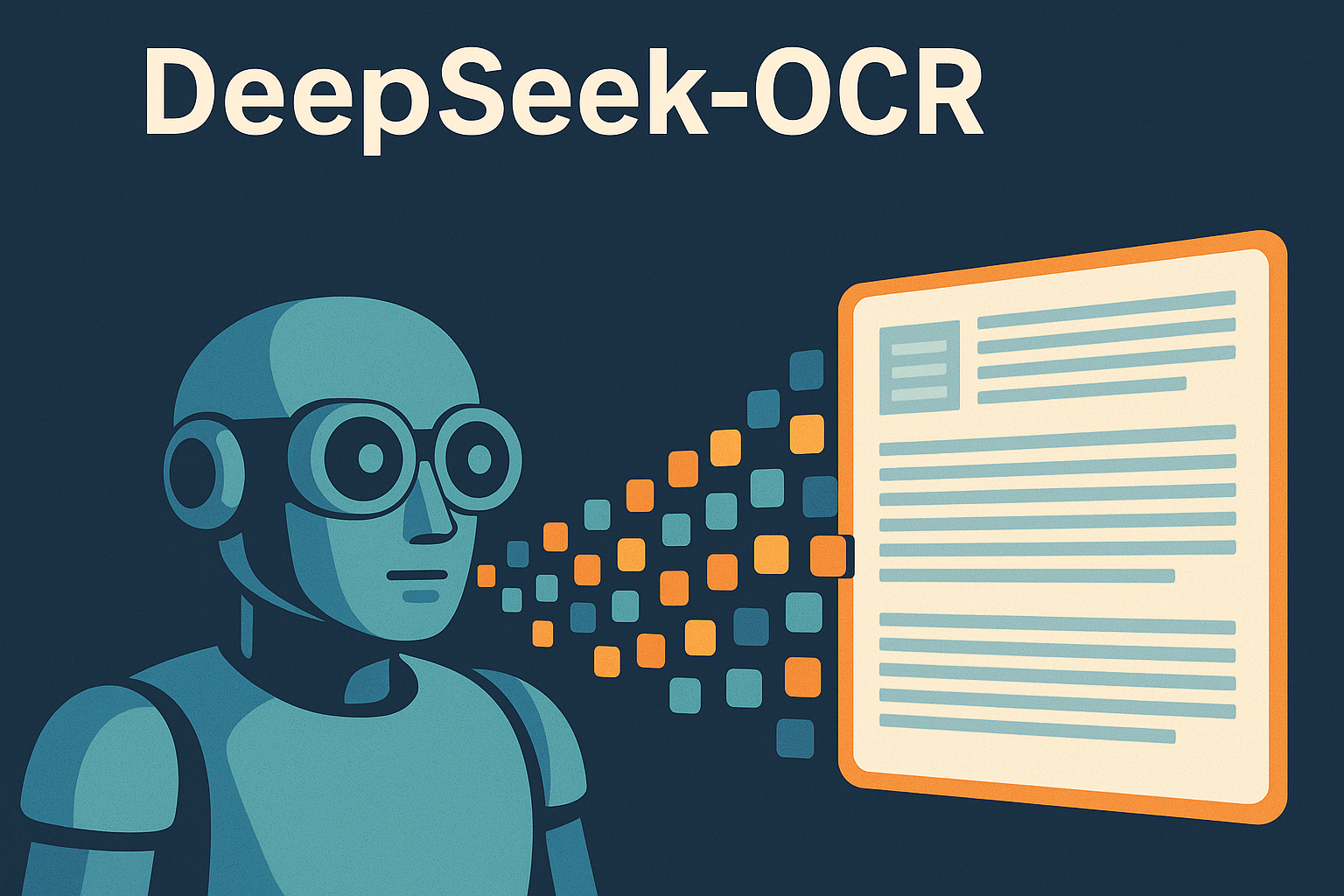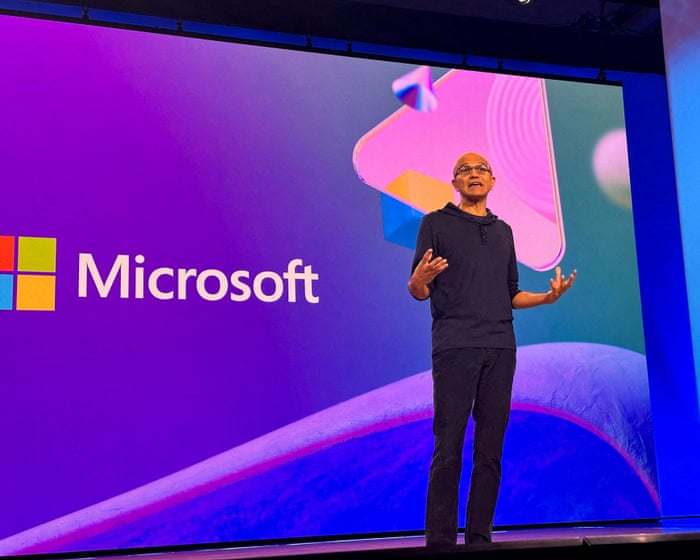Uni-MuMER: Unified Multi-Task Fine-Tuning of Vision-Language Model for Handwritten Mathematical Expression Recognition
PositiveArtificial Intelligence
The recent introduction of Uni-MuMER marks a significant advancement in the field of Handwritten Mathematical Expression Recognition (HMER), addressing long-standing challenges in Optical Character Recognition (OCR). By leveraging unified multi-task fine-tuning of vision-language models, this approach overcomes previous limitations that stemmed from isolated architectural changes. This innovation not only enhances the accuracy of recognizing complex handwritten mathematical expressions but also paves the way for more coherent integration of various OCR technologies, making it a noteworthy development for researchers and practitioners in the field.
— Curated by the World Pulse Now AI Editorial System






